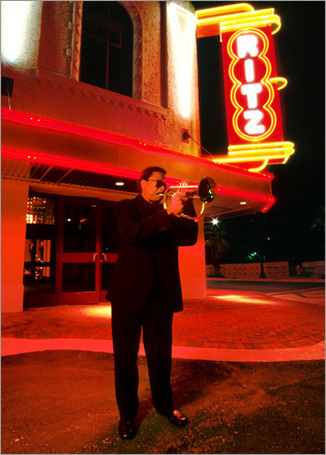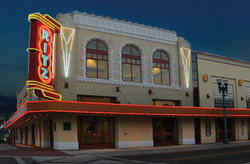 |
| Veiled Attack |
It’s just a piece of cloth
It rocks the world
It shapes a civilization
A civilization misread
It’s trapping, says the untutored
It’s oppressing, echoes the unlearned
The veil is my body
The veil is also my mind
The veil defines my cultural identity
The veil is who I am
Representation in the media is a cultural commodity. Not only do these images speak volumes about our society, they also define how we see others in relation to their daily interactions with us. This information in turn becomes our ultimate cultural teachers. The influx of visual identity images reinforce stereotypes that are in direct opposition to the idealized status quo. Muslim women, in particular, are often portrayed in the media in three stereotypical views: veiled, oppressed, and dominated. The irony of these persistent images is that they operate simultaneously in describing all Muslim women. Magnified and repeated daily, these messages define Muslim women as simplistic individuals who have yet to come full circle with their identities. These unrealistic portrayals have grown roots and thrived, even in today’s culture.
The problem with these representations is that they often create common misconceptions without factual relevancy. This has been the case with veiling, the hijab, and the burqa. Many Westerners view veiling as subjugation for Muslim women, a form of cultural degradation enforced by their male leaders and often associated with the Taliban in Afghanistan. Visual images of Muslim women have often portrayed them as veiled, submissive, and oppressed. They are ruled by their men, their religion, and their countries. They lack agency or any control over their own individual lives. Last but not least, these women especially need us to fight for their freedom; only to be imprisoned into another role that we have designed specifically for them.
Your slurs and instructions
That I rip it off my head
Is a rape of my body
An invasion of my land
Traditionally veiling symbolizes a rejection of social expectations, a way of being closer to God, and one’s commitment to religion and family. In this context, veiling serves as a form of agency for many Muslim women because it allows them to reject the exploitation and sexuality of their bodies as well as the standards of beauty reinforced by the outside world. Veiling symbolizes modesty, respect, and purity. It is a barrier that separates men from women, the public world from the private arena, strangers from family. The act of veiling is also symbolic for Muslim women because it associates them with their own individual lives while freeing them from the expectations and examination by strangers. It is an identity marker that removes them from public display and unwarranted invasion.
Although veiling is a voluntary act by many Muslim women, it has had its share of opponents. In April of 2011, France became the first country to ban the wearing of full veils in public. In addition, many feminist organizations have also publicly denounced the wearing of veils as an archaic practice fully rooted in patriarchal hegemony. Following 9/11 and the American “War on Terrorism”, Laura Bush proudly proclaimed that “the fight against terrorism is also a fight for the rights and dignity of women” (U.S. Government 2002). This backlash has created an “us” versus “them” atmosphere in which sympathy and pity for Muslim women reverberates. This is exactly the danger of ideology. The inability to understand and accept the complexities of other cultures fosters feelings of resentment and often widen the already expansive cultural gulf.
It’s just a piece of cloth
But after Palestine, Iraq, Afghanistan, Maluku, Kosovo
This is all I have.
By acknowledging and looking at the legitimacy and prevalence of these representations critically, it is possible to move beyond the conditioned misrepresentations they elicit. The dynamics that make up a country’s cultural and social rules should be respected and kept in place without discrimination or bias. In an era where globalization is increasingly replacing traditional values with the dominant cultural ones, Muslim women are increasingly holding on to their heritage of veiling. The intense concentration on Western values challenges these women to defy the stereotypes that frame them as unequal or in need of rescuing. Instead, these women wrap the expectations of inadequacy around them and prove that difference is what defines us all and perhaps by respecting the subtleties and nuances of others, we may just learn a lot about who we are in the process.
Poem by Nor Faridah Abdul Manaf















